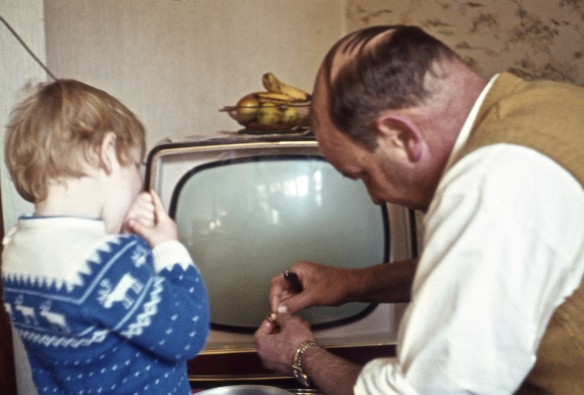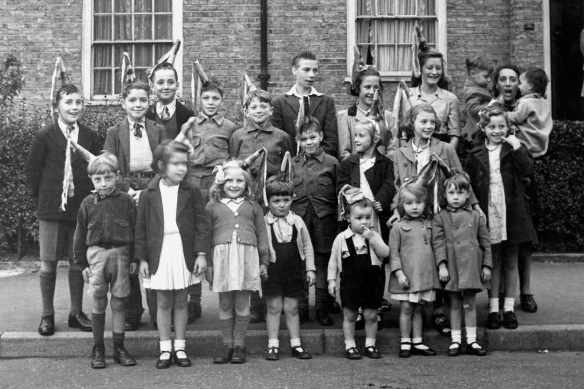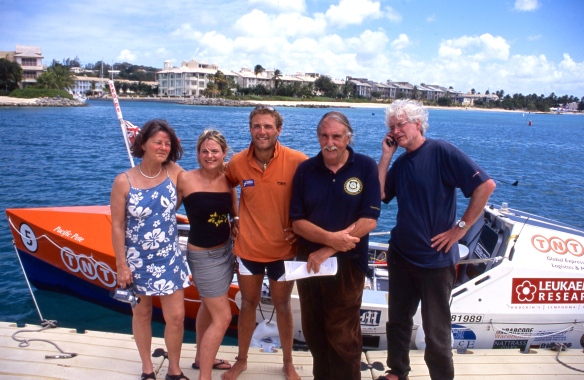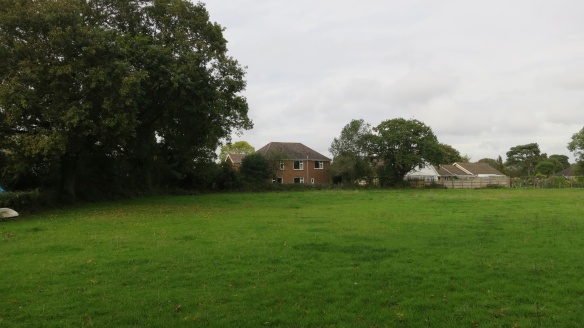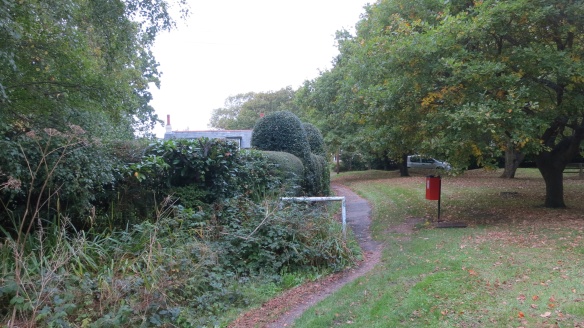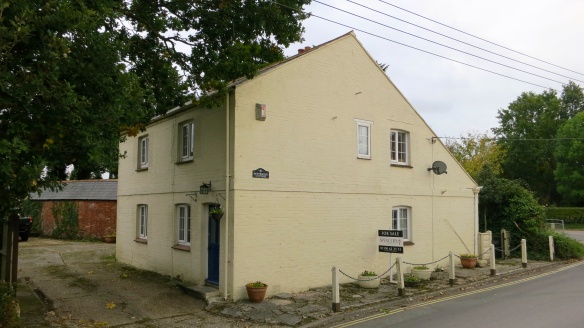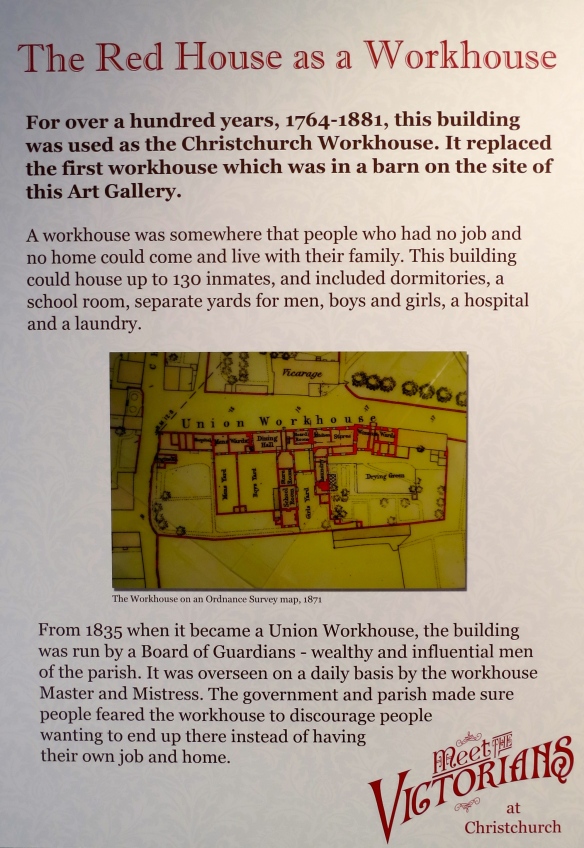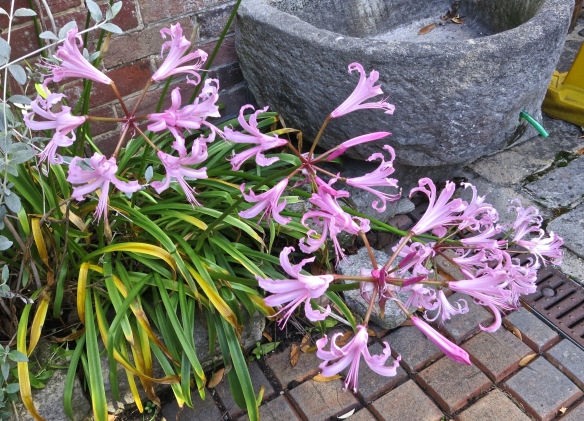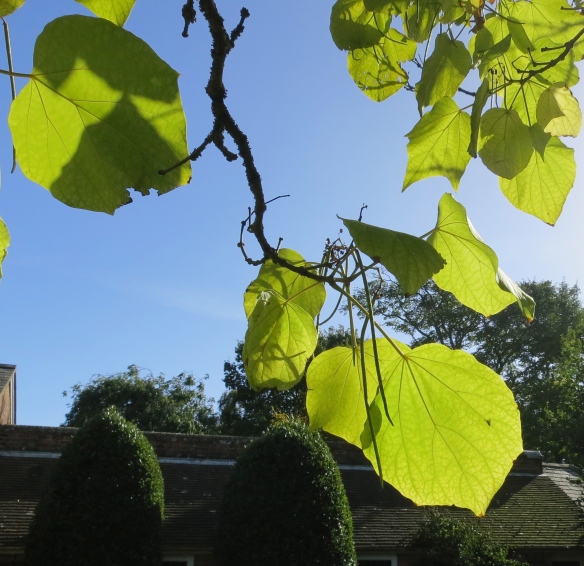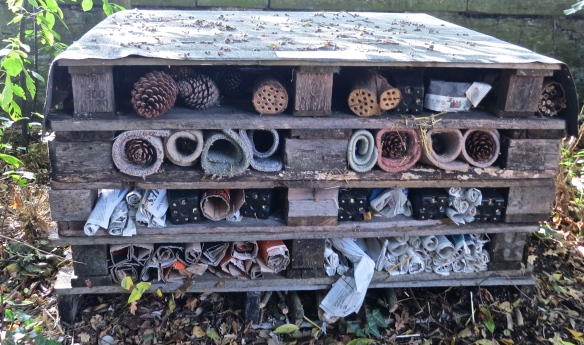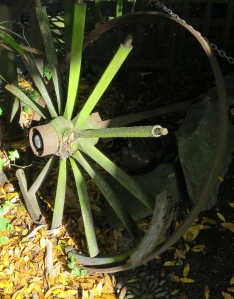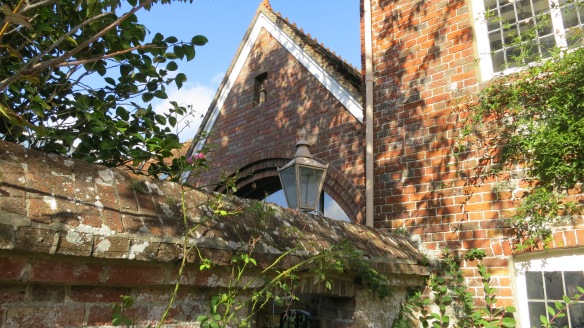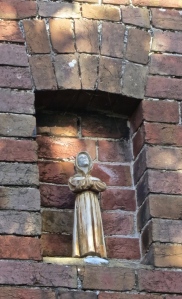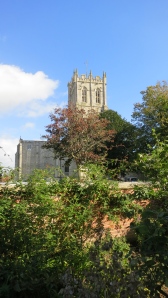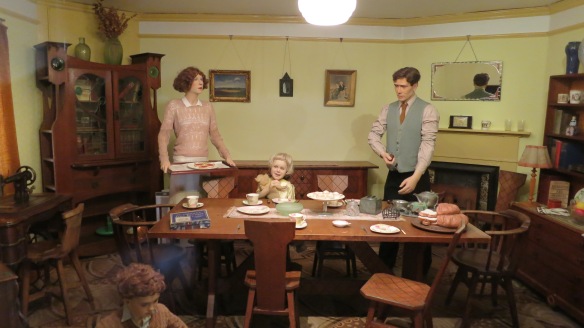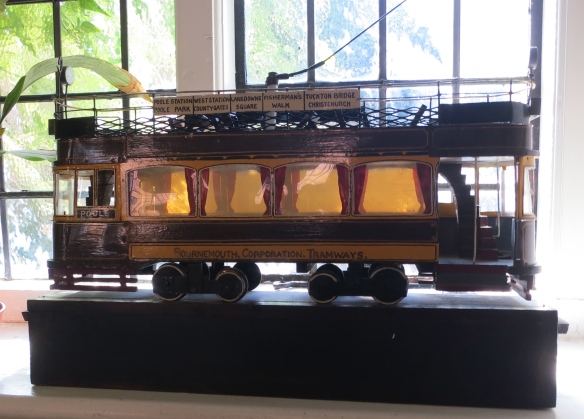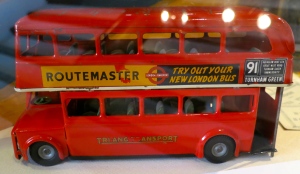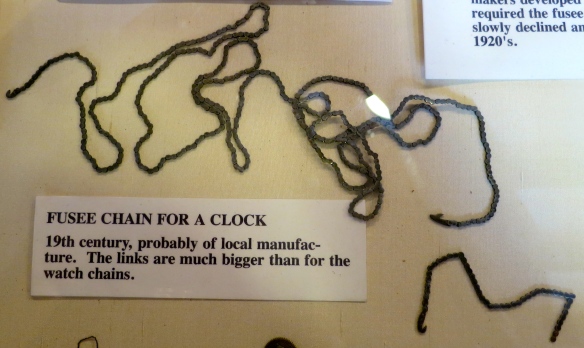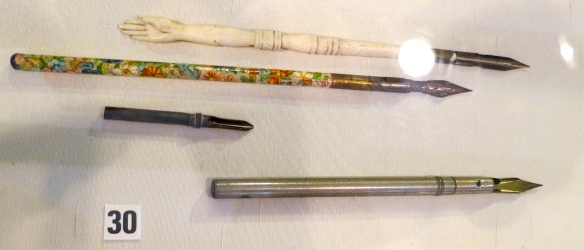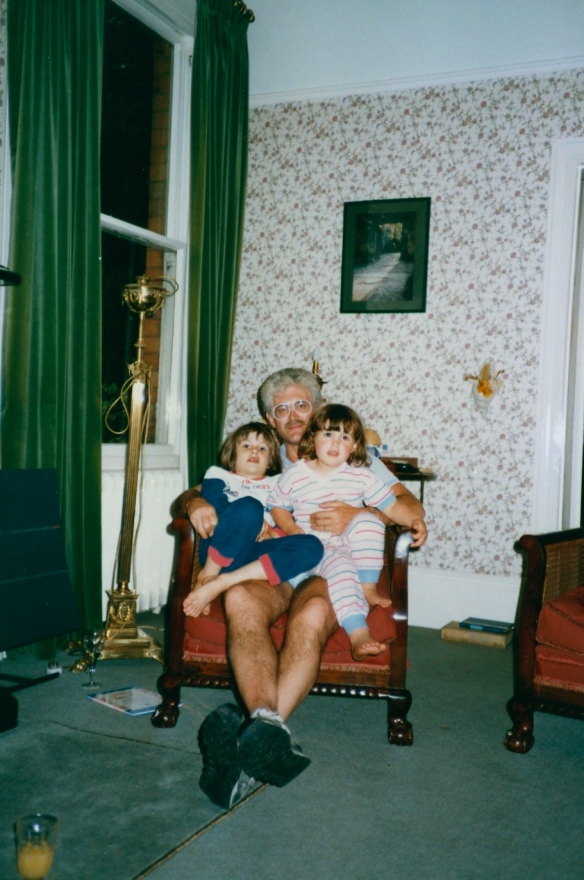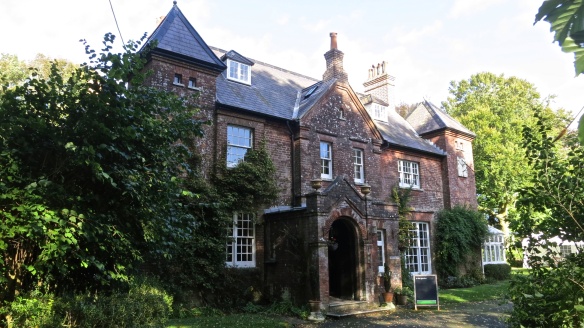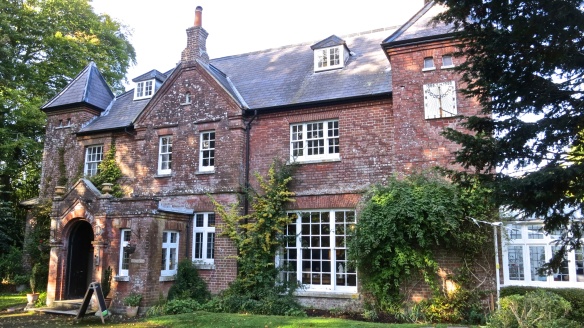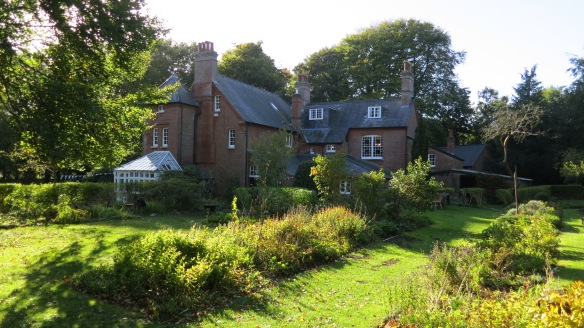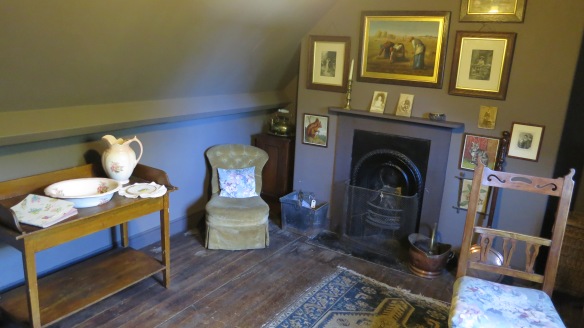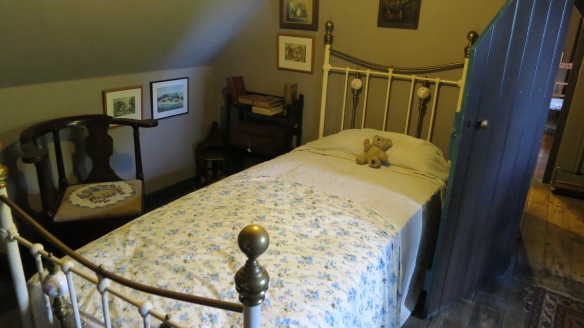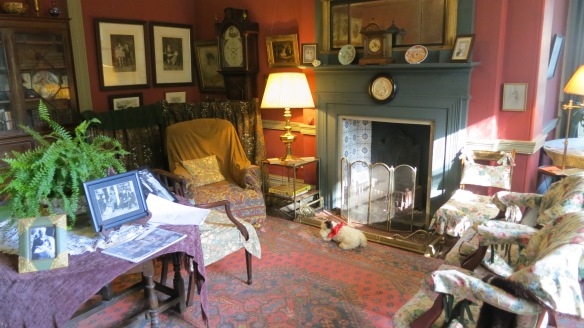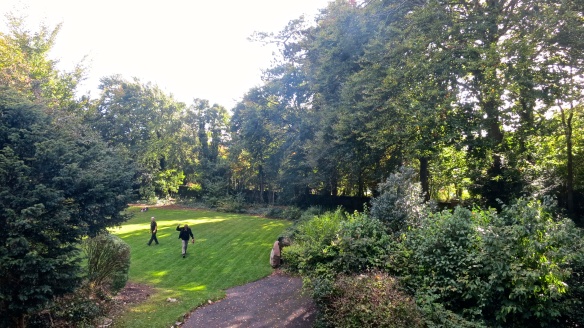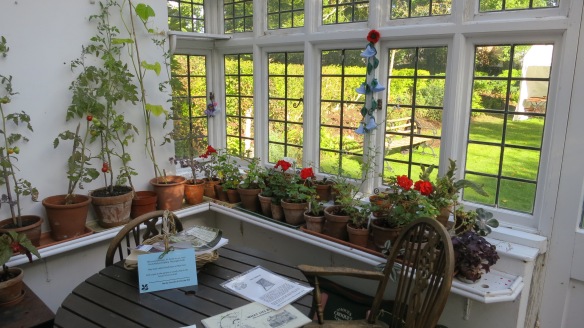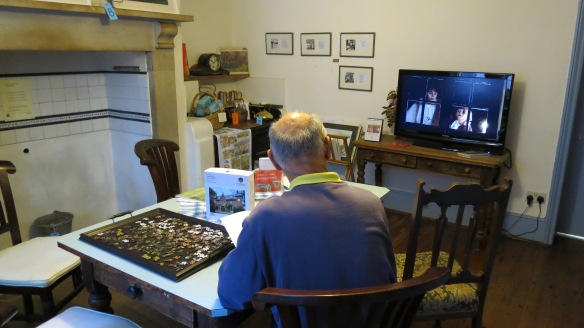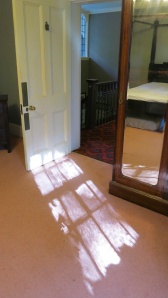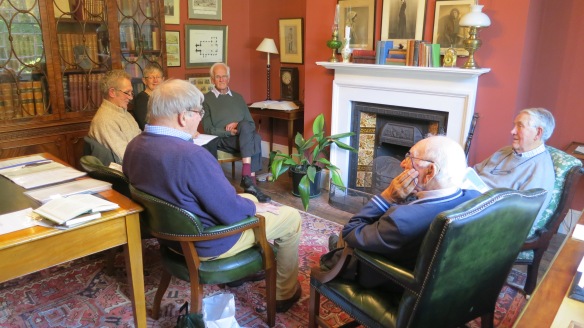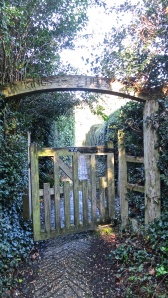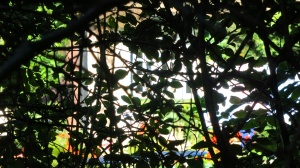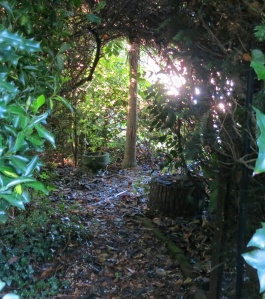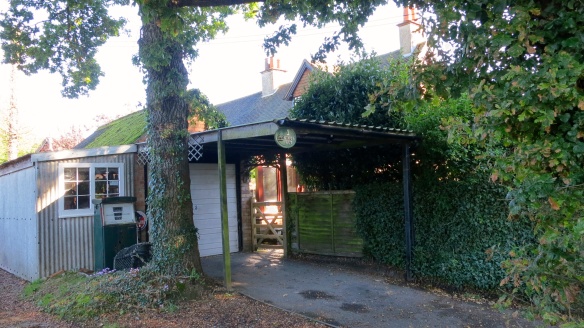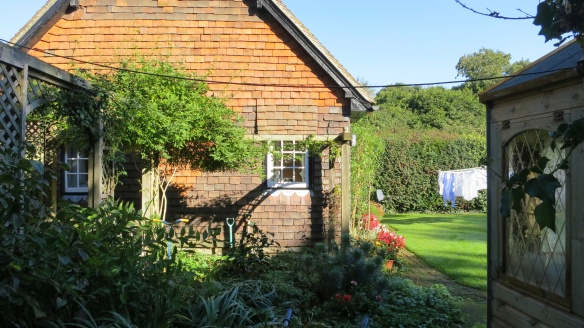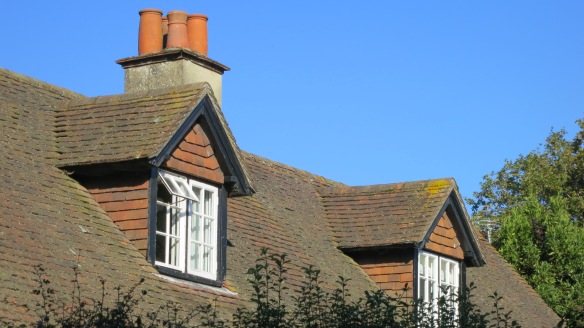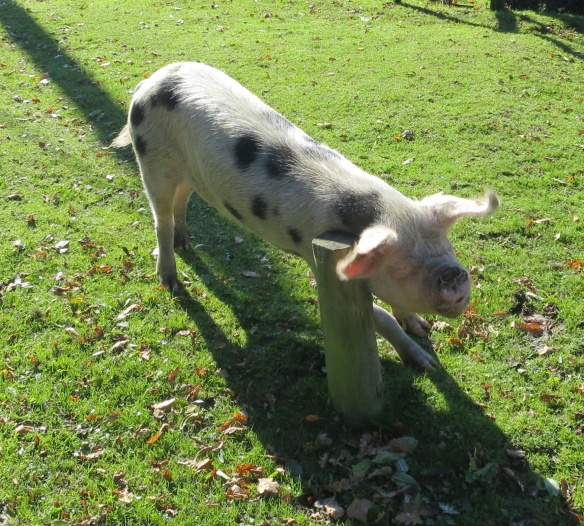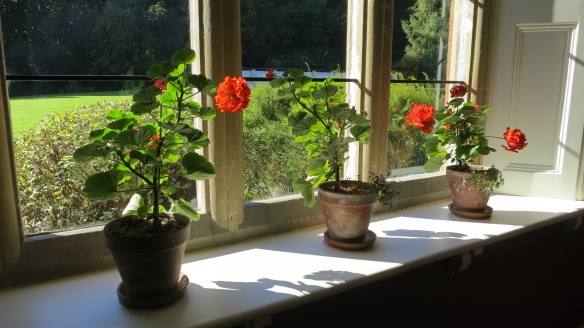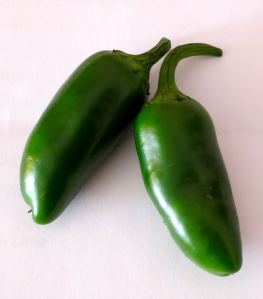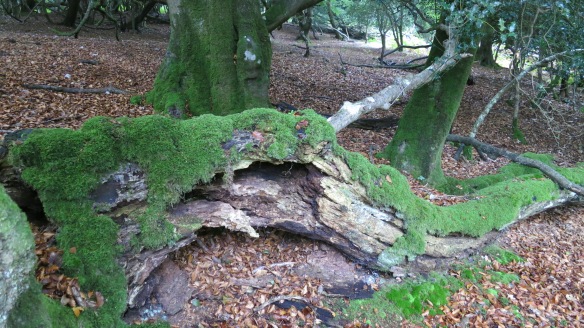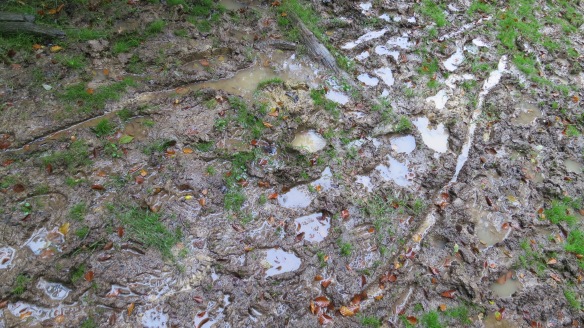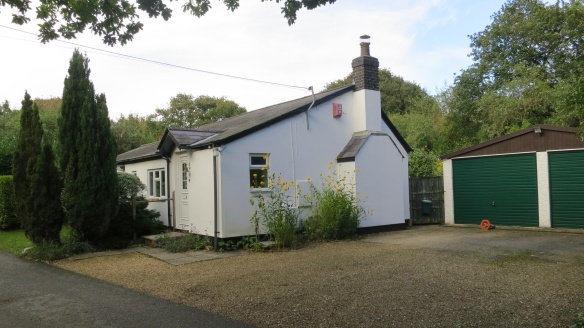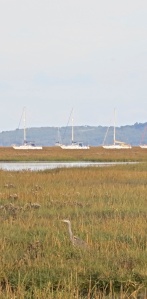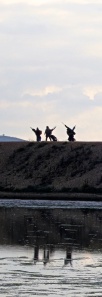Violent rain and strong, swirling, gusts of wind ripped reluctant leaves from the garden trees this morning, sending them bouncing across the lawns until flopping there or becoming lodged in the last remaining pot plants by our kitchen door, just waiting for Sisyphus to begin his endless autumn task tomorrow. Broken twigs covered the lanes through the forest as Jackie drove us to Ringwood for shopping and banking.
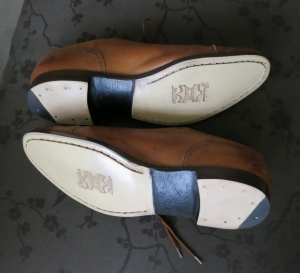 We began by transferring money to my French account so that I can pay for the final building works when I go to Sigoules next Monday. After this I collected a pair of shoes from AJR Shoe Repairs. Their work is the best I have ever benefited from. The leather soles were neatly and firmly stitched onto welts that had become detatched.
We began by transferring money to my French account so that I can pay for the final building works when I go to Sigoules next Monday. After this I collected a pair of shoes from AJR Shoe Repairs. Their work is the best I have ever benefited from. The leather soles were neatly and firmly stitched onto welts that had become detatched.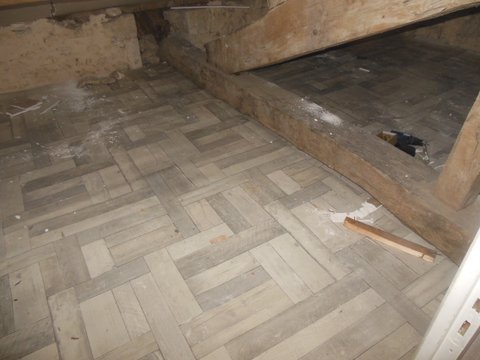
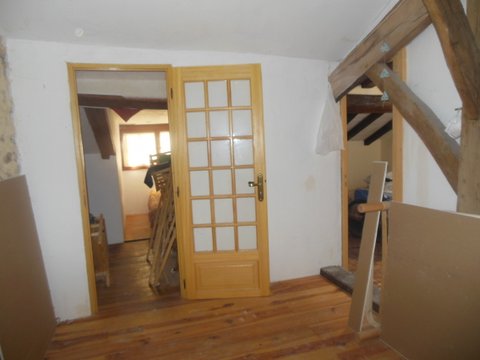
 Later this afternoon Jackie received an e-mail from Mo and John who are staying at No 6 rue St Jacques, to say that the work should be finished on Thursday, and attaching some photographs so that we could see the progress. They are most positive about what has been achieved.
Later this afternoon Jackie received an e-mail from Mo and John who are staying at No 6 rue St Jacques, to say that the work should be finished on Thursday, and attaching some photographs so that we could see the progress. They are most positive about what has been achieved.
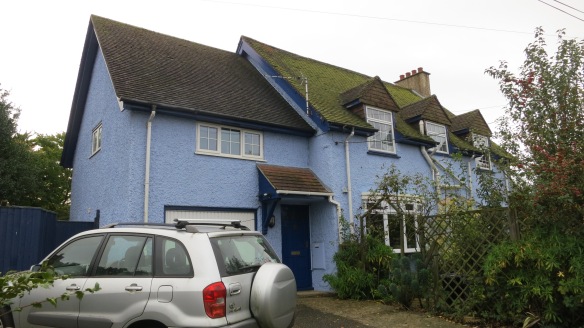 From Ringwood, we proceeded to Hampshire’s Downton to have a look at the outside of The Old Post House which is for sale. It looks very impressive and is possibly affordable, albeit at the very top end of our price range, only because the A337 passes the front gate.
From Ringwood, we proceeded to Hampshire’s Downton to have a look at the outside of The Old Post House which is for sale. It looks very impressive and is possibly affordable, albeit at the very top end of our price range, only because the A337 passes the front gate.
On the corner of a nearby crossroads stands The Royal Oak pub where we had an interesting lunch experience. Serving drinks of Ringwood’s Best and Stella, one of the two friendly and attentive waiters gave us ‘five minutes’ to study the menu and returned to take our order. When we arrived we were the only customers. Three other couples entered at varying intervals afterwards. The order from one of these was taken before ours, although we did immediately afterwards ask for cheese omelette and chips for Jackie, and ham, egg and chips for me. It gradually dawned on us that all the other couples were chomping away whilst we were still trying to dream up stimulating conversation. In truth that isn’t actually difficult for us, which is probably the reason I, at least, hadn’t initially realised everyone else was eating.
After about twenty minutes I left my seat and went walkabout around the large open-plan seating area. The barman asked me ‘[was] everything all right sir?’. ‘Yes’, I replied. ‘I’m just having a look at the pictures’. Many of these were black and white prints of the area in the 1960s, all having been given the sepia treatment to suggest antiquity. That had me reflecting that all the photographs I posted yesterday had been taken in that same twentieth century decade. Well, I suppose not much of me is still of my pristine hue.
This provided Jackie and me with a conversation piece for a while, but after forty minutes, and other customers contemplating coffee and desserts, I rose to my feet again. The unfortunate barman repeated his early question. ‘No, it isn’t’, was my updated response. ‘Everyone else is eating and we only wanted egg and chips really’.
Our meals appeared in about three more minutes and were first rate. In that respect alone, The Royal Oak resembled Mitcham’s Raj. Here, one couldn’t fault the ambience or the waiting staff. Something did, however, get lost in translation over the bread. A side dish on the menu was ‘Crusty Bread and Butter’, which is always a good accompaniment to a fry-up, unless, of course, plastic sliced is on offer. I did think it a bit strange that the waiter asked me if I wanted it as a starter, especially as he had repeated the ‘crusty bread’ bit of the order, although, in fairness, he didn’t mention butter. I said I would like it all to come together. He thought that a good idea, otherwise it would rather hold things up. What actually arrived was a long platter heaped with a variety of very fresh breads, a marinade of balsamic olive oil, and a bowl of moist olives in a similar lubrication. These were excellent, but hardly right for egg and chips, and how I pined for good crusty bread and butter.
Having exhausted my Victor Meldrew possibilities for the day, we just ate the bread, dipped it in the oil, and skewered the olives. Then came my biggest mistake. I did not check the bill. Mind you, this was probably because whilst waiting for our food we were plied with drinks. At the second offer of a refill I had said it was becoming like a very slow Indian restaurant where you are filled up with Kingfisher before your food arrives. I have a feeling I was being a little too subtle here.
After we returned home, Jackie Googled the establishment and learned that it had, last year, been taken over by a local woman who placed the focus on ‘good honest food’. The food was certainly good and not knowingly prone to mendacity. Jackie also accessed the menu and price list where she learned that my ‘crusty bread and butter’ had metamorphosed into a ‘sharing starter’ of ‘artisan bread with a marinade of olive oil’. This was priced at £8.95 whereas her large and tasty omelette made with mature cheddar and she thought about five eggs, and chips was a rather more reasonable £7.40. And to think next week, in Le Code Bar, as much complimentary crusty French bread as may be required will be provided as I sit down. Should we become Downton residents we will patronise the pub again, but possibly be more alert.
This evening we dined on Jackie’s vegetable soup perked up with porcini mushrooms which provide a delicate yet nutty flavour. This was served with good, honest, crusty bread and butter.


